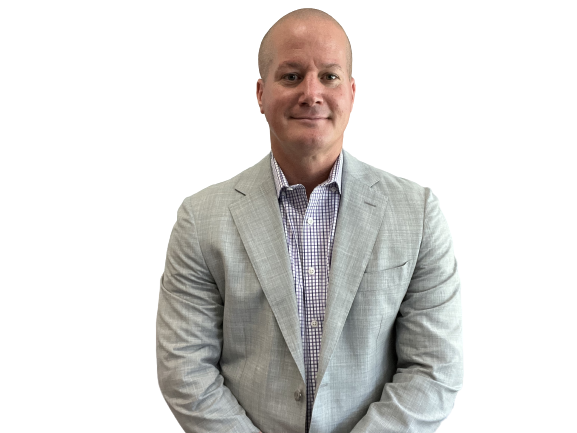9 Easy Facts About Medicare Advantage Agent Shown
9 Easy Facts About Medicare Advantage Agent Shown
Blog Article
Fascination About Medicare Advantage Agent
Table of ContentsMedicare Advantage Agent for BeginnersThe Buzz on Medicare Advantage Agent10 Easy Facts About Medicare Advantage Agent Explained


follows from confusing the relatively young fairly profile of account uninsured with without insurance better healthFar better health and wellness average, of younger personsMore youthful For those without accessibility to workplace health insurance policy, poor wellness is a potential barrier to buying nongroup protection due to the fact that such insurance coverage might be highly valued, leave out preexisting problems, or be merely not available. Unless otherwise noted, nationwide price quotes of people without health and wellness insurance policy and percentages of the population with different kinds of coverage are based on the CPS, the most commonly made use of resource of estimates of insurance policy coverage and uninsurance prices.

Medicare Advantage Agent Fundamentals Explained
Over a three-year duration beginning early in 1993, 72 million individuals, 29 percent of the united state population, were without protection for at the very least one month. Within a single year(1994), 53 million people experienced a minimum of a month without coverage(Bennefield, 1998a). Six out of every ten uninsured adults are themselves employed. Although functioning does improve the possibility that and one's relative will certainly have insurance, it is not a guarantee. Also participants of families with 2 full-time wage income earners have practically a one-in-ten opportunity of being uninsured (9.1 percent without insurance price)(Hoffman and Pohl, 2000 ). The partnership in between health insurance policy and accessibility to care is well developed, as recorded later on in this chapter. Although the relationship between wellness insurance coverage and wellness end results is neither straight nor basic, a considerable professional and health services research literature web links medical insurance coverage
to better accessibility to care, better top quality, and improved individual and populace wellness status. The second record, on individual health outcomes for uninsured adults, is represented by the innermost circle of the figure, while the 3rd report, on household health, incorporates the subjects of the 2nd report however stresses a various system of evaluation, particularly, the family. The 6th record in the series will present information regarding strategies and initiatives embarked on in your area, statewide, or nationally to resolve the absence of insurance and its damaging influences. Degrees of analysis for checking out the results of uninsurance. This conversation of medical insurance protection focuses mainly on the united state populace under age 65 since essentially all Americans 65 and older have Medicare or various other public protection.
It concentrates especially on those without any kind of health and wellness insurance policy for any type of size of time. The issues dealt with by the underinsured remain in some areas similar to those dealt with by the without insurance, although they are normally much less severe. Uninsurance and underinsurance, nevertheless, involve distinctly various plan problems, and the approaches for addressing them might vary. Throughout this research study and the 5 reports to comply with, the primary focus is on individuals without any medical insurance and hence no help in spending for health and wellness treatment past what is readily available via charity and safety and security net institutions. Medical insurance is an effective variable affecting receipt of care due to the fact that both individuals and physicians react to the out-of-pocket price of services. Health insurance coverage, however, is neither essential nor adequate to get to medical services. However, the independent and straight effect of health
insurance protection on accessibility to wellness services is well established. Others will obtain the wellness care they need even without medical insurance, by paying for it out of pocket or official website seeking it from suppliers that provide care free or at extremely subsidized prices. For still others, health insurance alone does not ensure invoice of care due to various other nonfinancial barriers, such as an absence of healthcare suppliers in their community, restricted access to transportation, illiteracy, or etymological and cultural distinctions. Formal research concerning without insurance populaces in the USA dates to the late 1920s and early 1930s when the Board on the Price of Healthcare produced a series of reports regarding funding doctor office sees and hospital stays. This problem came to be salient as the go to website varieties of medically indigent climbed during the Great Anxiety. Empirical researches regularly sustain the link in between access to care and improved health outcomes(Bindman et al., 1995; Starfield, 1995 ). Having a regular resource of treatment can be considered a predictor of accessibility, as opposed to a straight step of it, when health results are themselves utilized as access indicators. This expansion of the concept of accessibility dimension was made by the IOM Board on Monitoring Access to Personal Health Care Services(Millman, 1993, p. Whether or not moms and dads are guaranteed appears to affect whether their kids receive treatment as well as exactly how much careeven if the youngsters themselves have insurance coverage(Hanson, 1998). The health of moms and dads can influence their capacity to look after their kids and the degree of family anxiety. Stressing regarding their youngsters's access to care is itself a resource of anxiety for moms and dads. Three phases adhere to in this record. Phase 2 gives a review of just how employment-based health and wellness insurance coverage, public programs and individual insurance plan operate and engage to provide extensive but insufficient insurance coverage of the U.S. populace. This consists of a review of historic fads and public plans impacting both public and private insurance policy, a discussion of the interactions amongst the various sorts of insurance, and an assessment of why individuals relocate from one program to an additional or finish up

Report this page